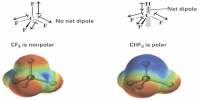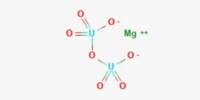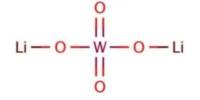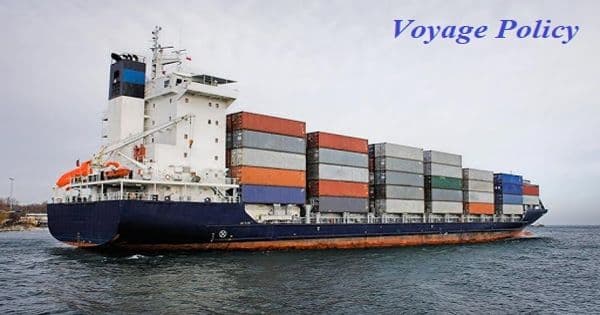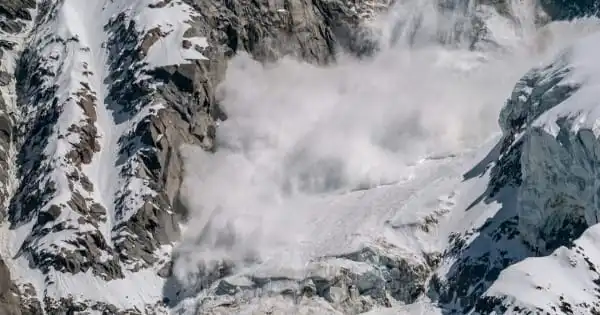Vanadium is a chemical element with the symbol V and atomic number 23. It is alloyed with steel and iron for high-speed tool steel, high-strength low-alloy steel, and wear-resistant cast iron. It is a hard, silvery-grey, malleable transition metal. The elemental metal is rarely found in nature, but once isolated artificially, the formation of an oxide layer (passivation) somewhat stabilizes the free metal against further oxidation. Common oxidation states of vanadium include +2, +3, +4 and +5.
Andrés Manuel del Río discovered compounds of vanadium in 1801 in Mexico by analyzing a new lead-bearing mineral he called “brown lead”. The element was rediscovered nearly 30 years later by Swedish chemist Nils Gabriel Sefstrom (1787-1845). Nils Gabriel Sefström generated chlorides of vanadium, thus proving there was a new element, and named it “vanadium” after the Scandinavian goddess of beauty and fertility, Vanadís (Freyja).
Element Properties
- atomic number: 23
- atomic weight: 50.942
- specific gravity: 5.96 at 20 °C (68 °F)
- oxidation states: +2, +3, +4, +5
Its melting point is about 1,900°C (3,500°F) and its boiling point is about 3,000°C (5,400°F). Its density is 6.11 grams per cubic centimeter. It is moderately reactive. It does not react with oxygen in the air at room temperatures, nor does it dissolve in water.
Physical properties
- Phase at STP: solid
- Melting point: 2183 K (1910 °C, 3470 °F)
- Boiling point: 3680 K (3407 °C, 6165 °F)
- Density (near r.t.): 6.11 g/cm3; when liquid (at m.p.) 5.5 g/cm3
- Heat of fusion: 21.5 kJ/mol
- Heat of vaporization: 444 kJ/mol
- Molar heat capacity: 24.89 J/(mol·K)
Vanadium occurs naturally in about 65 minerals and in fossil fuel deposits. is a relatively abundant element, ranking about 20th among elements occurring in the Earth’s crust. It is produced in China and Russia from steel smelter slag. Other countries produce it either from magnetite directly, flue dust of heavy oil, or as a byproduct of uranium mining. It is a compound that occurs in nature as a white-to-gray metal and is often found as crystals.
Large amounts of vanadium ions are found in a few organisms, possibly as a toxin. The oxide and some other salts of vanadium have moderate toxicity. Particularly in the ocean, vanadium is used by some life forms as an active center of enzymes, such as the vanadium bromoperoxidase of some ocean algae.
Uses
About 90 percent of vanadium goes into steel alloys. Steel containing vanadium is stronger, tougher, and more rust-resistant than steel without vanadium. An important application of such alloys is in space vehicles and aircraft. A common use of vanadium steel alloys is in tools used for cutting and grinding. It is mainly used to produce specialty steel alloys such as high-speed tool steels. The most important industrial vanadium compound, vanadium pentoxide, is used as a catalyst for the production of sulfuric acid. Vanadium alloys are used in nuclear reactors because of vanadium’s low neutron-absorbing properties.

